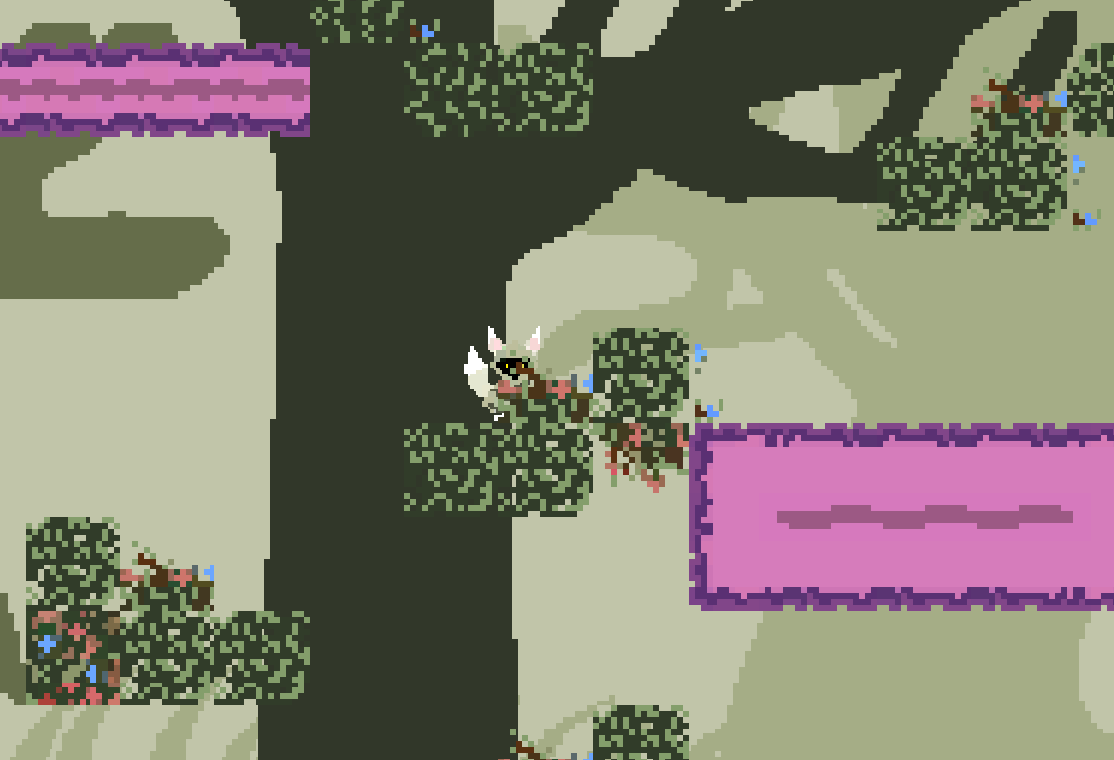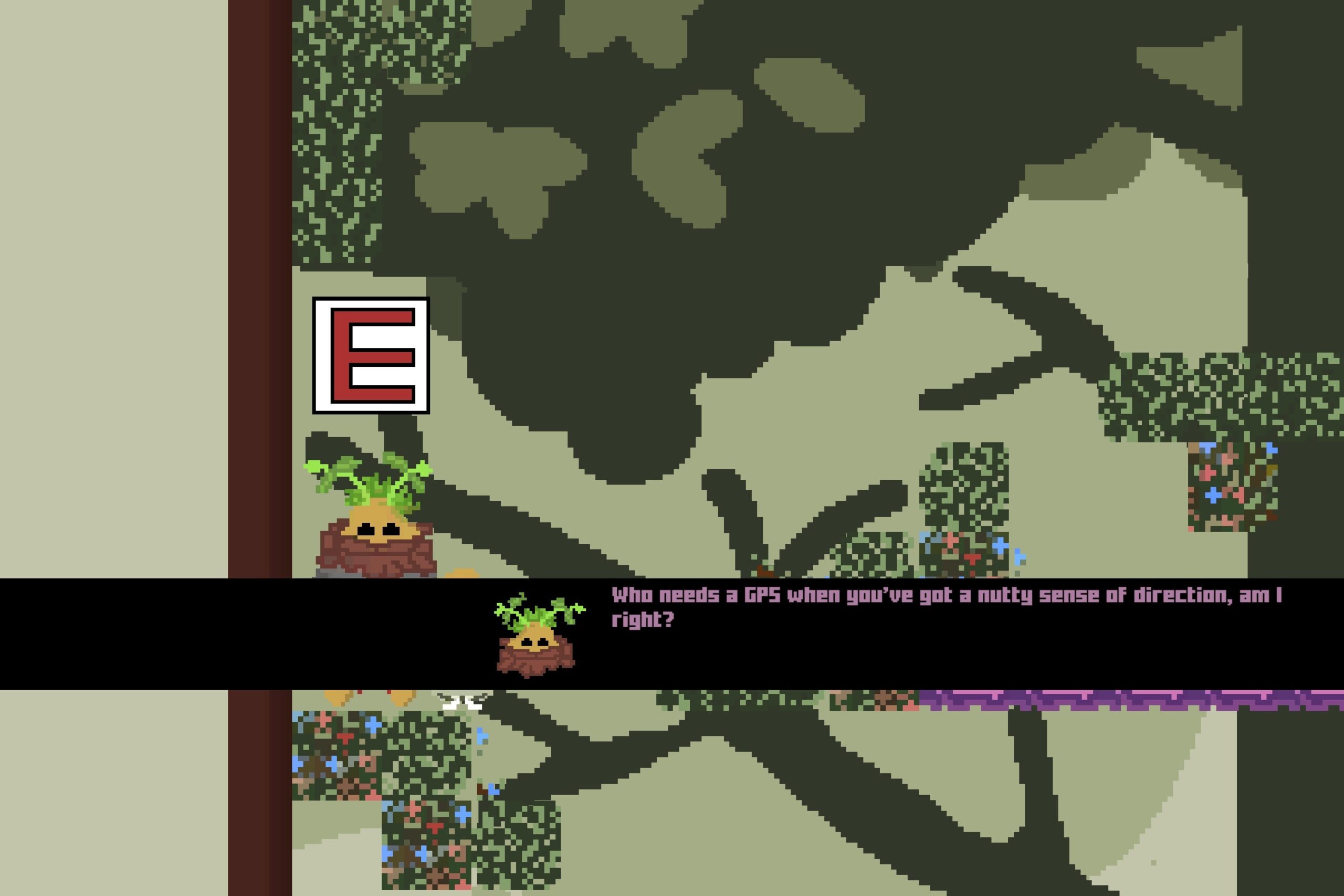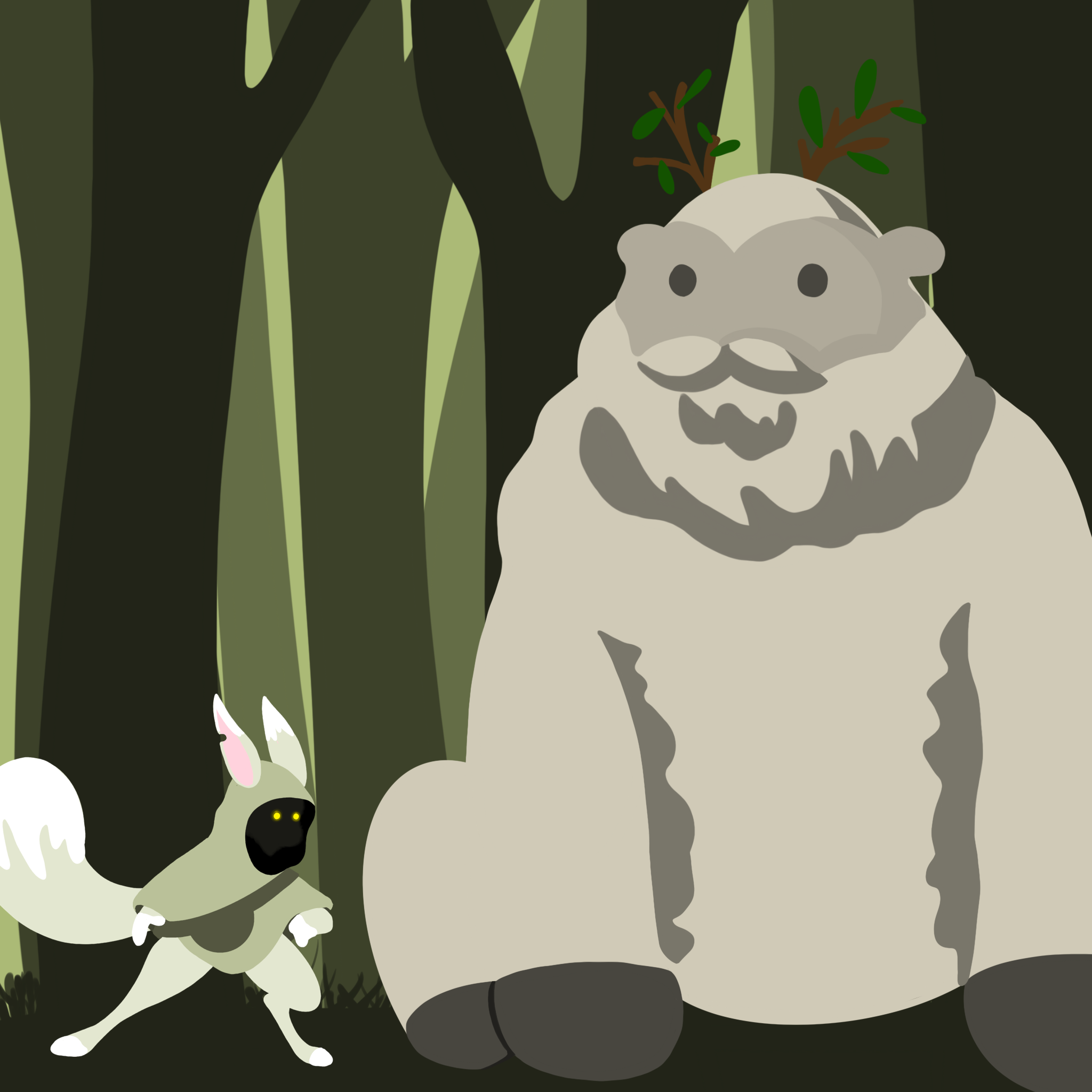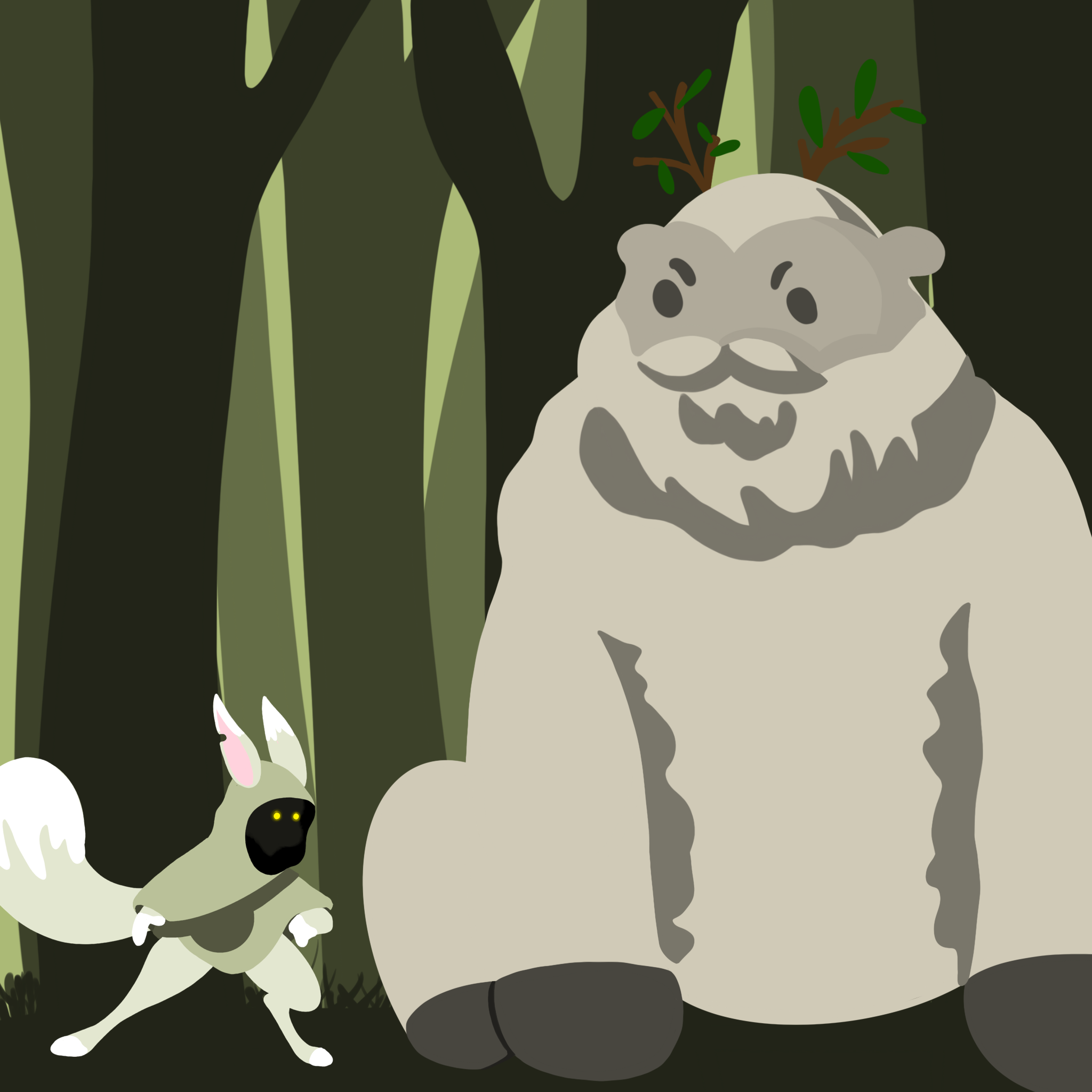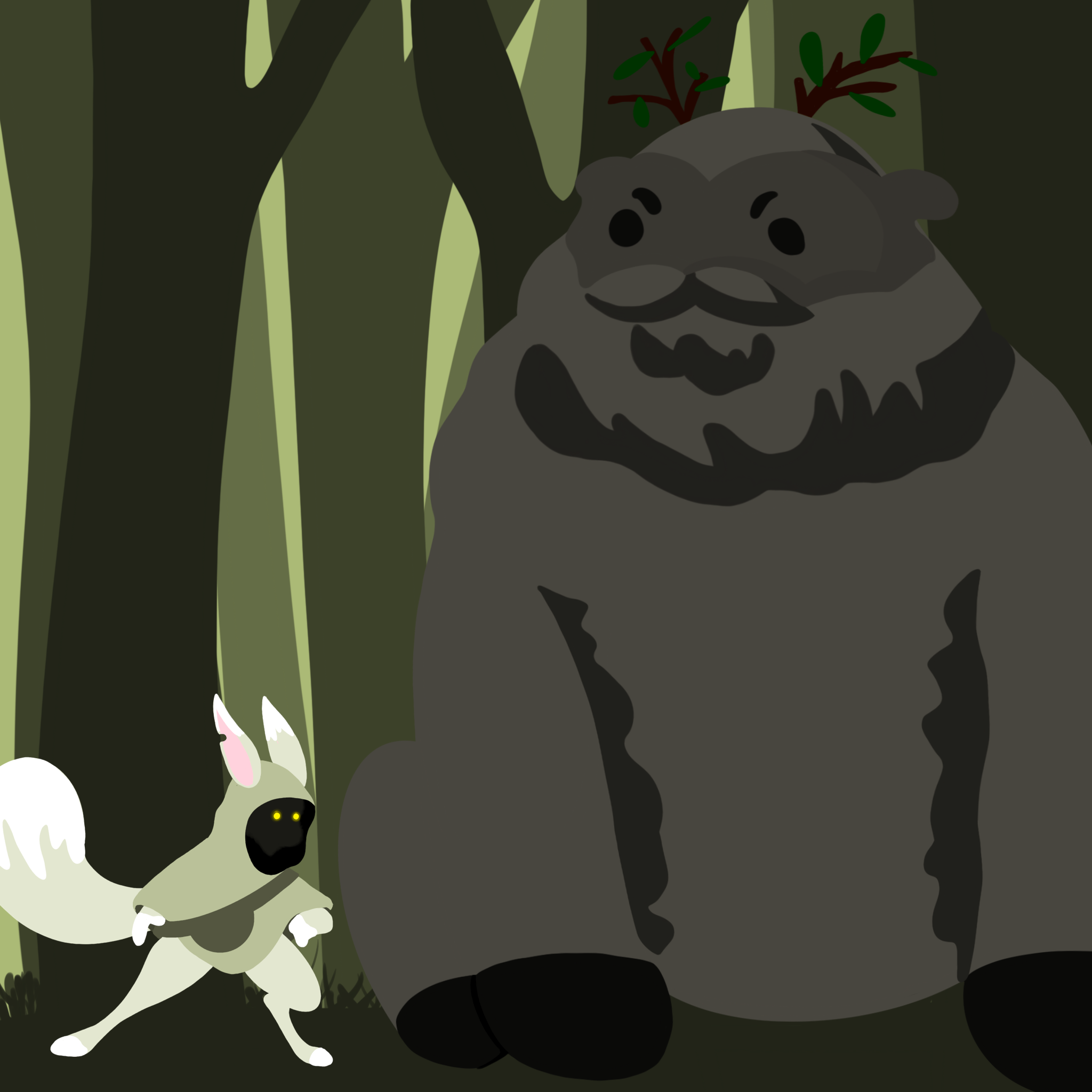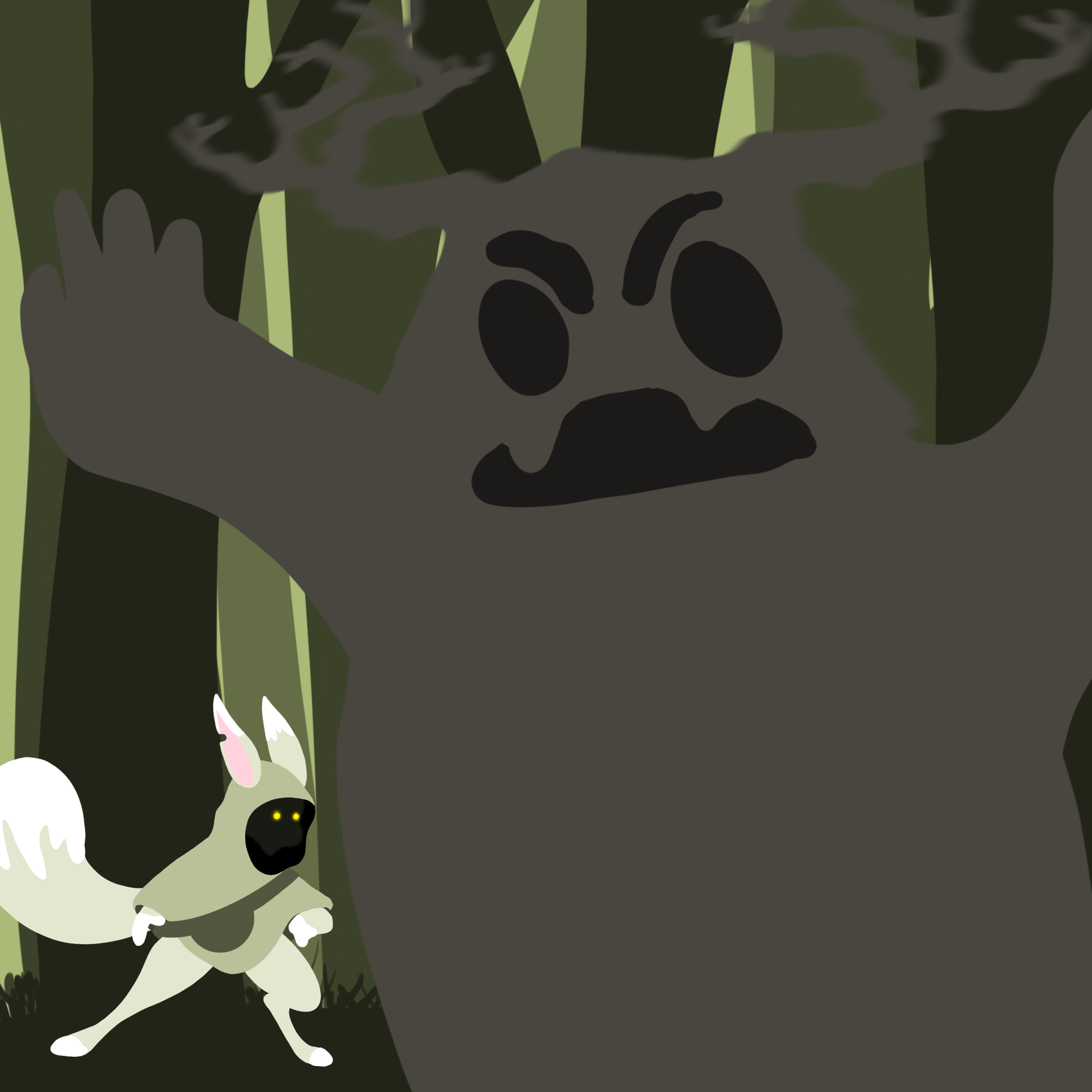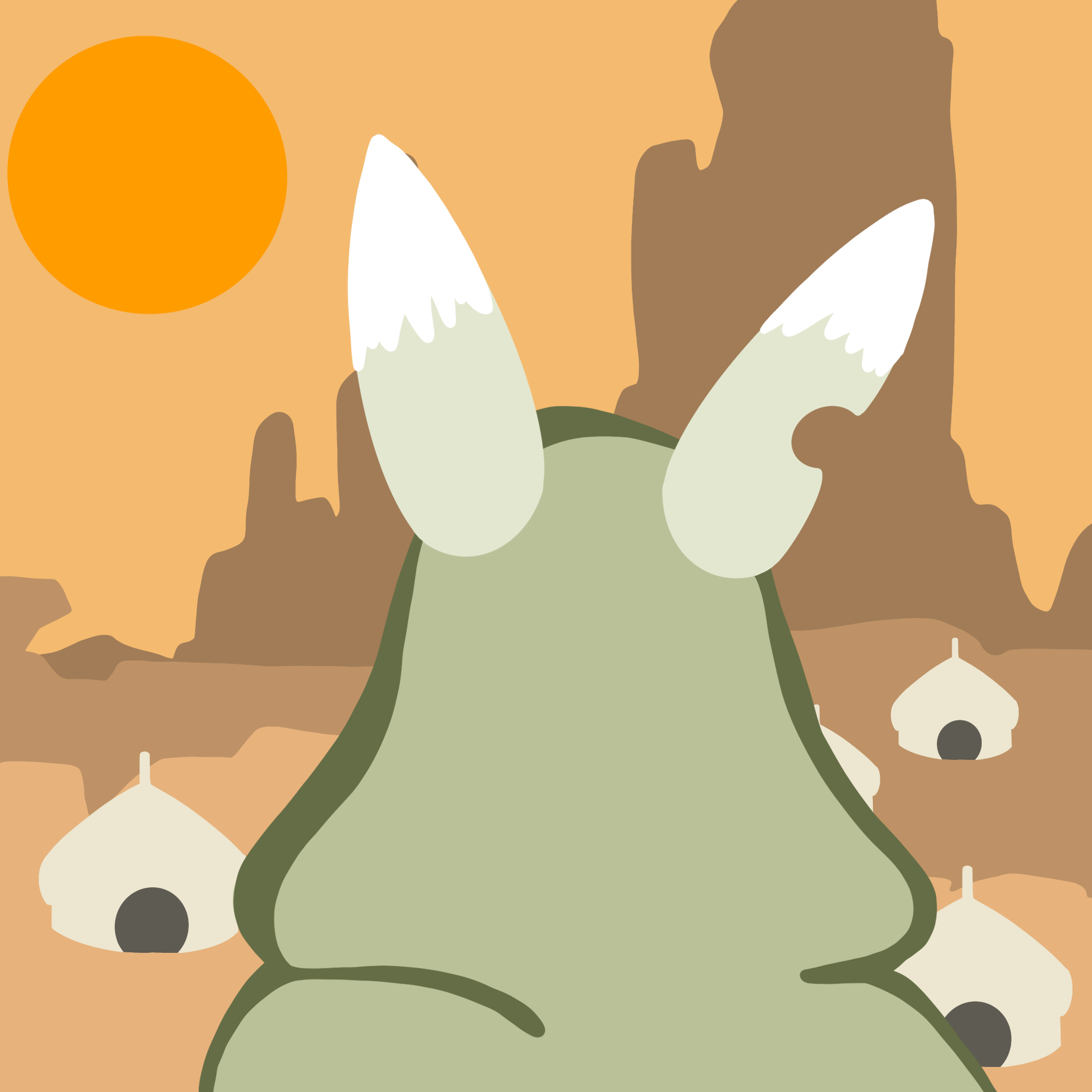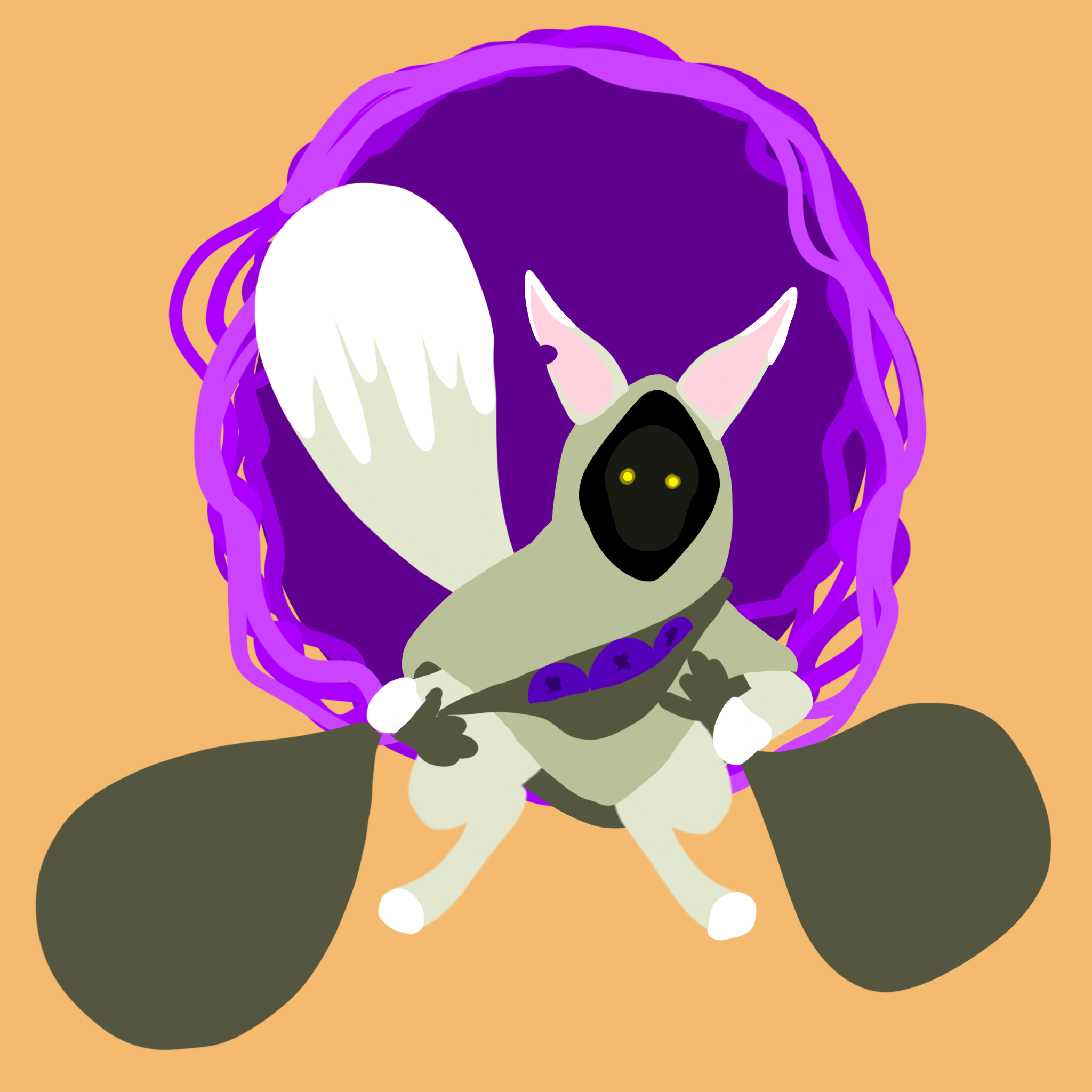Design for games and Play 1
Course Pre-Master (DZC10)
Video Game Design / Video Game Theory / Multidisciplinary Groups

Throughout the course, I delved into various facets of the discipline from a psychological perspective to the historical aspect of game design, but my interests really relied on the psychological and social aspect.
Institution
Technical University Eindhoven
Team
Teoman Kerki
Tessa van Maanen
Giovanni Sapienza
Arda Tuğhan
Erkin Uyguroğlu
Design for Games and Play 1 was the first time I did something with video game design. Throughout the course, I delved into various facets of the discipline from a psychological perspective to the historical aspect of game design, but my interests really relied on the psychological and social aspect. This included understanding distinct player types and delving into motivation methods, such as external and intrinsic motivation.
The applicability of this knowledge became evident in real-time as I worked on a squad project. The course equipped me with a framework to analyze user experiences, facilitating the identification of targeted solutions to enhance the overall enjoyment and engagement of the project. This practical application reinforced the relevance of the course content and its impact on improving the playfulness of interactive experiences.
While I’m not entirely committed to video game design, I see understanding the design process as a crucial skill for my future growth. Designing a game can get chaotic as you juggle aesthetics, dynamics, and mechanics simultaneously. These three aspects are interconnected and must align to deliver an enjoyable gaming experience.
I believe this design process isn’t exclusive to game design; it can be applied across various creative fields. Whether you’re designing a game, a product, or anything else, it’s essential to consider what the design entails (mechanics), how users will experience it (dynamics), and the medium through which it will be presented (aesthetics). Adopting this approach, I aim to create projects that provide meaningful and enjoyable experiences for users.
In terms of hard skills, I acquired a basic understanding of the game engine Unity. I also had the chance to pick up some programming basics through both the course lectures and collaboration with my Computer Science teammates. While this course served as an interesting introduction to programming, I felt there was more I could have done. To be frank, I was unsure where to begin, and that uncertainty demotivated me from delving into the programming aspect of the project. In the future, I want to prepare myself better for courses by looking beforehand at tutorials that will help me learn the skills I need to stand with conviction when engaging with a new software or programming project.
On a positive note, I took the initiative to learn a new software for pixel art – Aseprite. Being passionate about graphic design, I saw this project as an excellent opportunity to explore this graphic medium for the first time.
Video game design has shown me that games are an interesting medium to transmit information. Later, this semester I had the opportunity to attend the event Night of the Nerds, and there were many examples of how games are used to transmit lessons, ideas, and help people learn better through the gamification of knowledge. I was inspired by these insights and would love to learn more.
Despite the substantial knowledge gained in a short time, areas for improvement were identified. Key takeaways from the course include maintaining a holistic perspective during project development and avoiding being overwhelmed by possibilities.
Acknowledging the need for ongoing learning, I applied the theoretical knowledge learned through the course using the MDA model to design a playful experience for students to reflect on themselves. Furthermore, I am keenly interested in exploring technology’s role in inclusive education, with a specific focus on using play as a tool to design engaging learning experiences, and ways to transmit information.

Altera
Have you ever pondered the existence of parallel dimensions alongside our own? Now, take a moment to imagine an abrupt journey into one of these alternate realms. How would you respond, and what choices would you make in this unfamiliar environment? Would you opt to remain or strive to return home, and what kind of connections would you forge with the inhabitants of this foreign world? How would your presence influence them? In an increasingly individualistic world, it’s easy to overlook the interconnections we share with others and how our unique dimensions intersect, exchanging energy.
It’s crucial to acknowledge that taking more from someone without reciprocity can deplete their resources. This concept reminds us that we are all, in a way, parallel universes coexisting simultaneously, each with its unique experiences and dynamics. Throughout this course, we’ve explored game design, considering various societal, psychological, technological, mechanical, dynamical, and aesthetic approaches to crafting video games. Armed with these tools and utilizing the Unity game engine, we aimed to create Altera (= The Other in Latin), a narrative-driven game that serves as a metaphor, prompting players to reflect on their impact on various relationships, often unconsciously affecting them.
Bartle’s Player Type

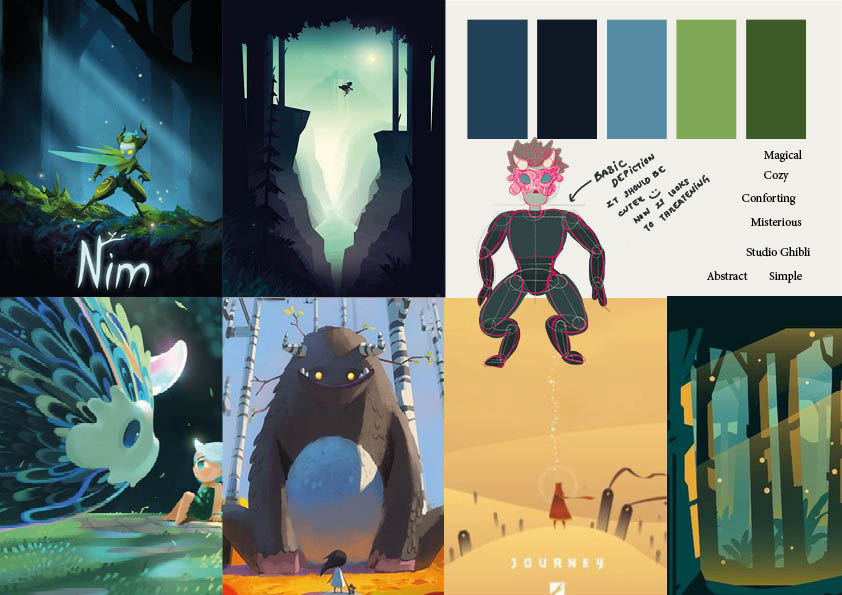
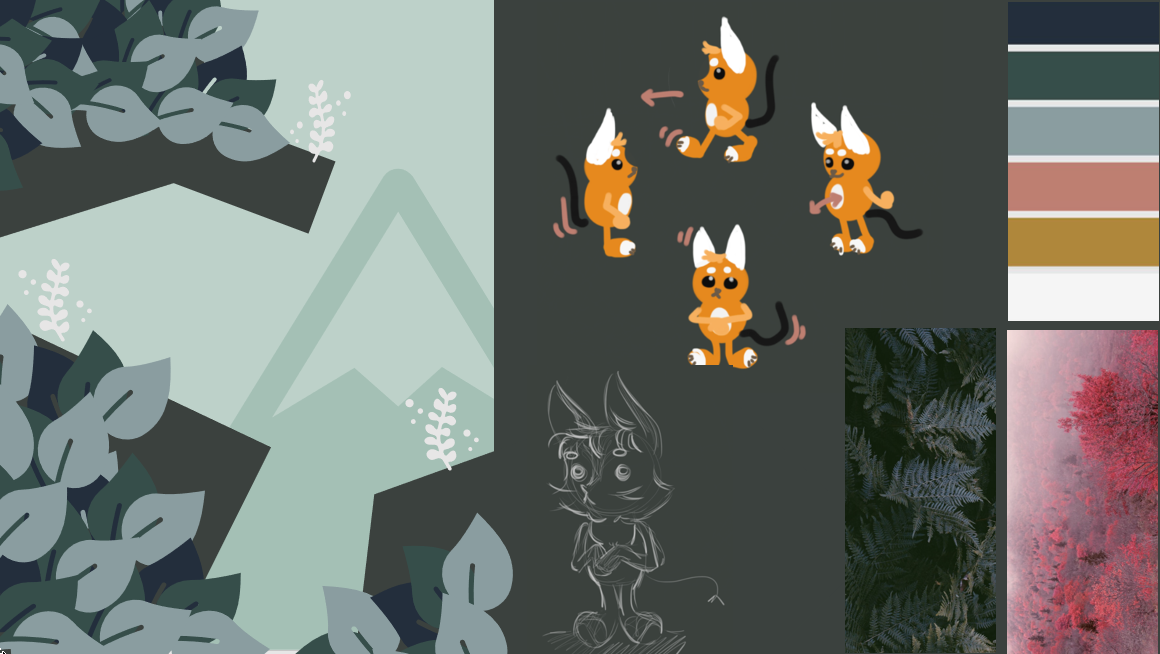
Story Line
In this captivating adventure, you assume the role of Ogi, a denizen of a harsh desert realm where resources are scarce, and survival is paramount. As a courageous ranger, Ogi embarks on perilous missions to secure vital resources for his village, and the story commences as he sets out on another resource-gathering expedition, leaving the safety of his camp behind.
As Ogi traverses the unforgiving desert, his journey unfolds across both day and night, culminating in the discovery of an oasis that holds the promise of salvation for his village. The allure of rest and the opportunity to replenish his supplies leads him to a tranquil lake. However, a startling twist unfolds as he is inexplicably drawn into the water, finding himself in an otherworldly realm – Altera, a lush forest world infused with magic and mystery.
While Altera’s beauty beckons, Ogi grapples with the urgency of returning to his village to avert hunger and dehydration. His quest for a route home leads him through the enchanting forest, where he encounters The Wise One, a gentle giant towering over Ogi. The Wise One becomes Ogi’s guide, but an intriguing condition is imposed – Ogi must collect Giggle berries as an offering.
As Ogi’s journey progresses, his compulsion to gather resources intensifies, driven by the belief that there’s enough for everyone. Along the way, he acquires powers from the Wise Ones, believing them to be gifts. Unbeknownst to Ogi, these “gifts” come at a significant cost as he unwittingly depletes the world’s resources by collecting more.
The journey culminates with Ogi encountering the eldest of the Wise Ones, who possesses the power to create portals to other dimensions. Here, Ogi faces the consequences of his actions, with the final Wise One seeking retribution.
In a climactic struggle, Ogi returns to his world armed with extraordinary powers and resources that his village desperately needs, but at a profound cost. The haunting question remains – at what price was this bounty acquired?

Game Play
Stages
The game is structured into various stages, each offering a unique experience. This includes an introductory tutorial, the first implemented level involving Ogi’s resource gathering, and planned upcoming stages designed to provide increased challenges and confrontations with the final boss.
The tutorial: The tutorial’s primary objective is to acquaint the player with the realm of Altera. We have chosen an intuitive tutorial approach, allowing the player to explore the level and grasp the game’s mechanics through trial and error. In this phase, players will identify the adversaries, and familiarize themselves with the types of collectibles they will encounter in the initial level. This approach aims to provide players with a sense of autonomy and encourage self-exploration. This is also where Ogi gets introduced to the world of Altera and meets the first Wise One.
1st Level: This is the only implemented level currently in the game (other than level 0). In this level Ogi must traverse his way through the leaves of the trees and avoid enemies and collect the Giggle berries on his way. This level is a big level with multiple collectibles and enemies implemented. Ogi must also avoid the deadly pink goo scattered around the level.
2nd , 3rd , 4th Level: have not been integrated into the game yet. These levels will entail navigating through a forest area with increasing levels of difficulty, aimed at challenging and satisfying the player’s competence needs.
5th Level (final): While this level is not implemented in theory, it will be our only boss level in the game. The level will start like all other levels where Ogi will talk to a Wise One but this time the Wise One instead of being friendly confronts Ogi regarding the excessive stealing he has been doing with the collectibles and starts to chase him. The level will be another platformer level where certain regions will have deadly pink goo thrown onto the level by the final boss.
Actions
As Ogi progresses through the game, the player’s actions become crucial in shaping both the narrative and the gameplay experience:
Gather Resources: Ogi’s primary task is to collect vital resources and store them in his satchel, ensuring his village’s survival. Each resource is a lifeline, making this mission all the more urgent.
Use Power Up Positions: Ogi can discover special positions that grant him unique abilities, from speeding through obstacles to soaring to new heights, or even rejuvenating his strength. These power-ups offer valuable advantages as he navigates the forest.
Run or Avoid Enemies: In the enchanting but perilous forest, Ogi must make quick decisions when confronted by menacing adversaries. He can choose to make a hasty retreat or use his wits to evade these threats and secure his safety.
Chat with Forest Inhabitants: Throughout his journey, Ogi can engage in conversations with the intriguing inhabitants of Altera. These interactions provide valuable insights into the forest’s mysteries and offer lighthearted moments with humorous stories.
Gather the Giggle Berries: These special berries are more than just collectibles; they act as vital keys to understanding and guidance from the enigmatic Wise One. Ogi’s success hinges on locating these elusive Giggle Berries, which lead him deeper into the heart of the forest.
In ‘Altera: The Quest of Ogi,’ every action is a narrative thread, weaving Ogi’s story in the rich tapestry of Altera’s world

